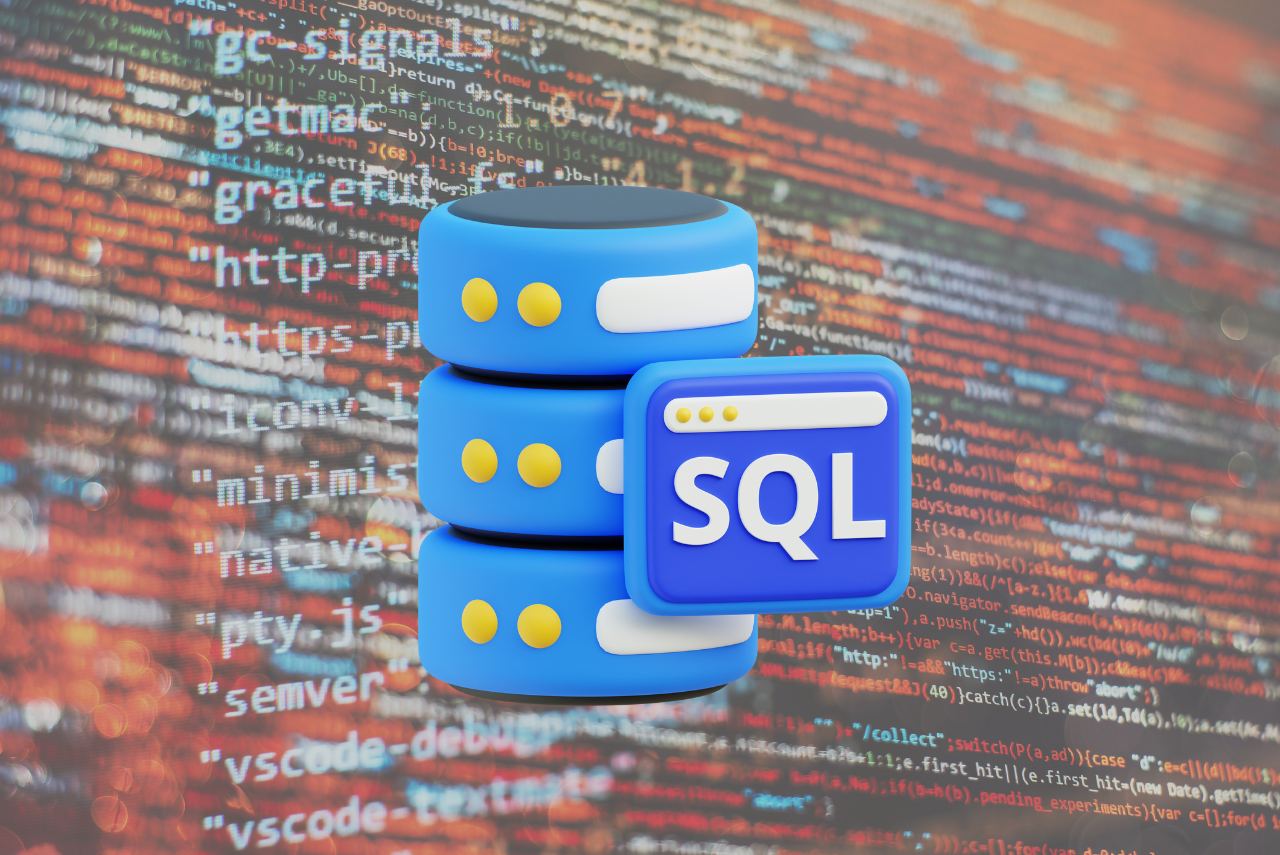
SQL
Instructor
assurance
Course Overview
SQL tutorial for beginners and professionals provides in-depth knowledge of SQL (Structured Query Language). Our SQL tutorial will help you learn SQL easily.
This SQL tutorial covers all the topics of SQL, such as introduction, SQL syntax, data types, operators, SQL commands (DDL, DML, DCL, TCL), constraints, functions, joins, subqueries, views, indexes, stored procedures, triggers, normalization, and SQL with PHP, SQL with Python, and SQL with Java.
What you are going to learn SQL?
1. Basics of SQL
- Data Retrieval: SELECT statements to fetch data.
- Filtering: Using WHERE clauses to filter results.
- Sorting: ORDER BY to order data.
- Aliasing: Renaming columns or tables for readability.
2. Data Aggregation
- GROUP BY and HAVING to group and filter grouped data.
- Aggregate functions like COUNT, SUM, AVG, MAX, MIN.
3. Joining Tables
- Inner, outer (left, right), and cross joins to combine tables.
- Self joins and subqueries for more complex queries.
4. Data Manipulation
- INSERT, UPDATE, and DELETE to modify data.
- Bulk data loading.
5. Database Design Concepts
- Table creation with CREATE TABLE.
- Constraints: Primary keys, foreign keys, and unique constraints.
6. Advanced Concepts
- Window functions: ROW_NUMBER, RANK, LEAD, LAG.
- Common Table Expressions (CTEs).
- Transactions: BEGIN, COMMIT, ROLLBACK.
7. Database Administration (Optional)
- User roles and permissions.
- Indexing and performance tuning.
8. Practical Applications
- Writing complex reports.
- Integrating with business dashboards and analytics tools.
- Data cleaning and transformation.
What You Will Be Able to Do After Learning SQL?
1. Data Retrieval
- Query databases to extract relevant data using
SELECTstatements. - Filter data with
WHEREconditions and logical operators. - Sort results using
ORDER BY.
2. Data Manipulation
- Insert new records into tables (
INSERT). - Update existing records (
UPDATE). - Delete records from tables (
DELETE).
3. Database Management
- Create and modify database structures (
CREATE TABLE,ALTER TABLE,DROP TABLE). - Manage indexes to improve query performance.
4. Data Aggregation
- Use aggregate functions like
SUM,AVG,COUNT,MIN, andMAX. - Group and summarize data using
GROUP BYandHAVING.
5. Joins
- Combine data from multiple tables using various types of joins (INNER, LEFT, RIGHT, FULL).
6. Subqueries
- Write subqueries to handle complex queries or conditions.
- Use correlated and nested subqueries.
7. Data Integrity and Constraints
- Enforce rules with constraints (
PRIMARY KEY,FOREIGN KEY,NOT NULL,UNIQUE,CHECK).
8. Views
- Create and manage views to simplify data access and improve security.
9. Transactions
- Control data modifications using transactions (
COMMIT,ROLLBACK).
10. User Permissions
- Grant and revoke user privileges for database security.
11. Data Analysis
- Perform complex data analysis and reporting using SQL functions and queries.
12. SQL Performance Optimization
- Optimize query performance through indexing and query restructuring.
13. ETL (Extract, Transform, Load)
- Extract and transform data for data warehousing and reporting.
14. Data Integration
- Integrate SQL with other tools and programming languages (e.g., Python, R) for data-driven projects.
Business and Career Applications
- Use SQL skills in various roles such as data analyst, database administrator, software engineer, or business intelligence analyst.
Course Duration
6 months
Mode of Course
Course Content
- Introduction
- SQL Database
- SQL Table
- SQL Queries
-
SQL Views
-
SQL - CREATE View
-
SQL - UPDATE View
-
SQL - DROP or DELETE View
-
SQL - Rename View
-
SQL - WHERE Clause
-
SQL - TOP Clause
-
SQL - DISTINCT Keyword
-
SQL - ORDER BY Clause
-
SQL - Group By Clause
-
SQL - Having Clause
-
SQL - AND and OR Conjunctive Operators
-
SQL - BOOLEAN
-
SQL - Like Operator
-
SQL - IN Operator
-
SQL - ANY, ALL Operators
-
SQL - EXISTS Operator
-
SQL - CASE
-
SQL - NOT Operator
-
SQL - NOT EQUAL
-
SQL - IS NULL
-
SQL - IS NOT NULL
-
SQL - NOT NULL Constraint
-
SQL - BETWEEN Operator
-
SQL - UNION Operator
-
SQL - UNION vs UNION ALL
-
SQL - INTERSECT
-
SQL - EXCEPT
-
SQL - Alias Syntax
-
- SQL Joins
- SQL Keys
- SQL Indexes
-
Advanced SQL
-
SQL - Wildcards
-
SQL - Comments
-
SQL - Injection
-
SQL - Hosting
-
SQL - MIN() - MAX() function
-
SQL - Null Functions
-
SQL - Check Constraint
-
SQL - Default Constraint
-
SQL - Stored Procedures
-
SQL - NULL Values
-
SQL - Transactions toggle
-
SQL - Sub Queries
-
SQL - Handling Duplicates
-
SQL - Using Sequences
-
SQL - Auto Increment
-
SQL - Date & Time
-
SQL - Cursors
-
SQL - Common Table Expression (CTE)
-
SQL - Group By vs Order By
-
SQL - IN vs EXISTS
-
SQL - Database Tuning
-
- SQL Function

